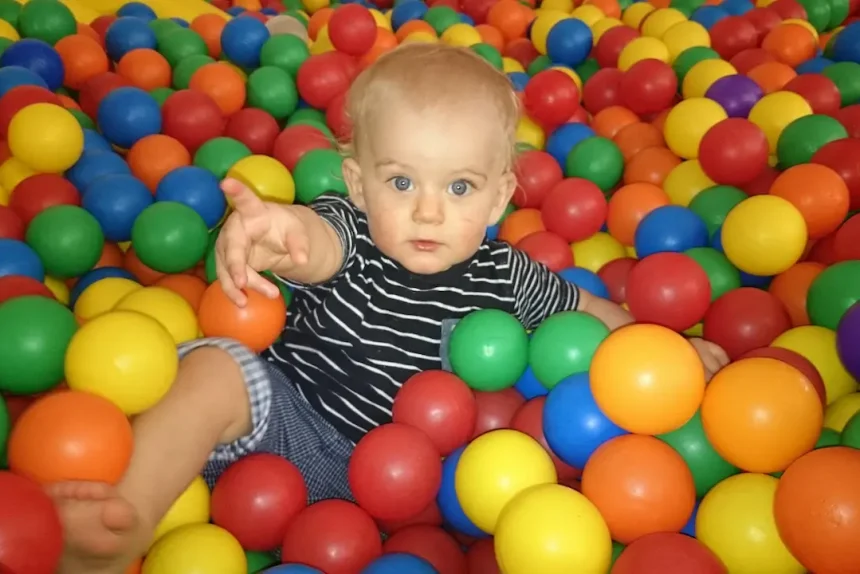A. Jean Ayres’ development of Sensory Integration theory in the 1960s and 1970s proposes that proper sensory processing in the nervous system, and its integration in the brain, leads to adaptive behavior and functional abilities. Grounded in neuroscience and psychology, SI theory highlights how sensory integration is a neurobiological process organizing sensation from one’s body and environment, essential for functional interaction.
Sensory Integration Occupational Therapy Principles
Sensory integration promotes understanding several key insights:
- Interactions with the environment influence brain development.
- The nervous system’s plasticity allows change.
- Sensorimotor experiences impact brain plasticity.
- Learning incorporates sensorimotor development.
Sensory input types include visual, auditory, tactile, olfactory, gustatory, vestibular, and proprioceptive inputs, each affecting perception and behavior. Want in-depth guidance on sensory modulation techniques? Join now for full access!
OT for Sensory Integration Disorders
Sensory Processing Disorders (SPD) are grouped into categories:
- Sensory Modulation Disorder: Challenges in adjusting to sensory input.
- Sensory-based Motor Disorder: Impacts on postural control and motor planning.
- Sensory Discrimination Disorder: Difficulties in processing sensory input.
Case Example: A child with autism shows varied sensory processing challenges, from fascination with spinning objects to resistance against transitions. Professionals explore specific sensory integration therapy strategies for each disorder type.
Occupational Therapy for Sensory Seeking
Sensory seeking behaviors involve craving intense sensory input. Therapies focus on:
- Providing safe sensory-stimulating activities like swinging, jumping, or climbing.
- Using graded challenges to balance sensory input and movement.
Can you identify the sensory systems linked to seeking behaviors? Explore more about therapeutic strategies in our full guide.
Sensory Integration Program Adaptations
Adaptation techniques for sensory sensitivity and modulation issues can include:
- Using noise-reducing tools for auditory defensiveness.
- Incorporating chewable toys for proprioceptive input.
- Creating a routine sensory diet to meet individual needs effectively.
Ready for detailed program strategies to assist with sensory integration in occupational therapy? Join now for full access!
Occupational Therapy for Sensory Issues and Strategies
Therapists focus on tactile, vestibular, and proprioceptive processing for successful sensory integration, suggesting treatments that present a “just right” challenge within an enticing environment led by the child’s cues. These principles are key to a responsive therapeutic approach.
In our full guide, we break down crucial occupational therapy assessments, including the Sensory Integration and Praxis Tests (SIPT) and others like the Sensory Profile 2.
Curious about advancing your skills in sensory integration for occupational therapy? Join now for full access!
What is Sensory Integration in Occupational Therapy?
Sensory Integration (SI) in Occupational Therapy, developed by A. Jean Ayres, refers to the process by which the brain organizes sensory input for functional and adaptive behavior. It emphasizes understanding how sensory experiences affect brain development and learning.
How does Sensory Integration Therapy help with Sensory Processing Disorders?
Sensory Integration Therapy helps individuals with Sensory Processing Disorders (SPD) by providing personalized activities that address sensory modulation, motor planning, and discrimination disorders. This therapy improves their ability to regulate and process sensory input, enhancing daily function.
What activities are beneficial for sensory seeking behavior?
For sensory seeking behaviors, therapists often recommend engaging in safe sensory-stimulating activities like swinging, jumping, and climbing. Such activities provide necessary intense sensory input and help balance sensory processing.
What adaptations can be made for sensory sensitivity issues?
For individuals with sensory sensitivity, adaptations include using noise-reducing headphones for auditory sensitivity, chewable toys for proprioceptive input, and a structured sensory diet tailored to individual sensory needs.
What assessments are used in Sensory Integration Therapy?
Occupational therapists utilize assessments like the Sensory Integration and Praxis Tests (SIPT) and the Sensory Profile 2 to evaluate sensory processing and inform therapy strategies. These tools help identify specific sensory integration challenges and guide intervention planning.



